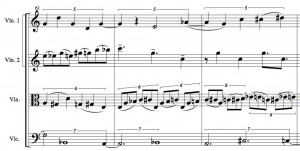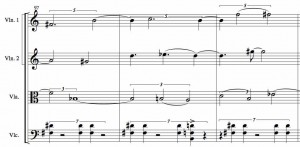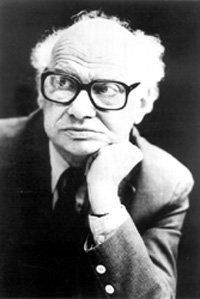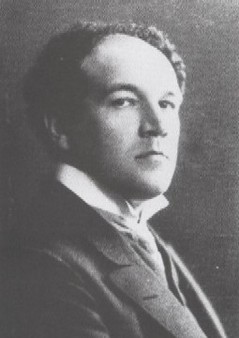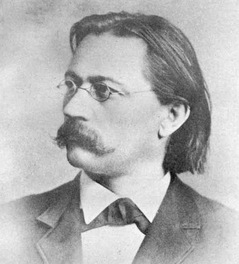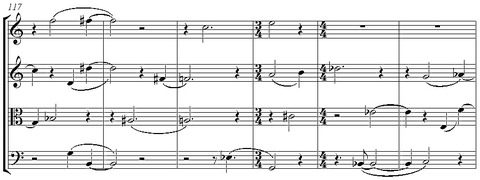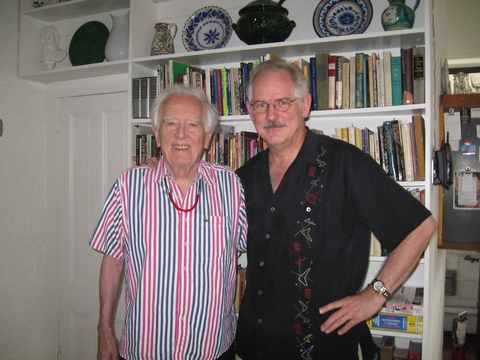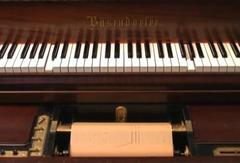I do think of totalism (a style of complex tempo relationships, usually with limited harmonies and some vernacular influence) – or metametrics, as we used to call it in the verdant groves of Postclassica [he mused, stroking his chin] – as a style that crystallized in the 1990s and then waned. OK, we finally said, you can get your ensemble to play rhythms of eight against nine. What else can you do? But my colleague John Halle is one of the great unsung totalists, and occasionally I realize he’s still riding higher than ever on the tempo complexity wagon.
John’s not strictly my work colleague, because he’s at the Bard Conservatory and I’m in the Bard music department, which, confusingly, have little to do with each other. Although we’re based in the same building, I run into him about twice a year, less often than I see, say, John Luther Adams who lives in Alaska. But the student composers have started having Conservatory/music department forums, and the other night John Halle played us some music of his I hadn’t heard. How’s this for totalism?:
Â
The piece is an homage to Thelonious Monk, called Spheres, and the first movement is based on the Monk tunes Straight, No Chaser and Brilliant Corners (you can see the former in the viola and the latter in the cello), the tunes used almost as tone rows. And, as in Nancarrow’s orchestra works, there are several tempos going throughout: quintuplets in the first violin, regular 8ths and quarters in the second violin, triplets in the viola, and septuplets in the cello. It’s crazy, but the centripetal force of those tunes ties the whole thing together, and, as in a lot of John’s music, the freedom of the tempos creates a lovely aural impression that the music isn’t notated or coordinated, it just happens.Â
I’ll write rhythms like this for Disklavier (which I haven’t finished anything for in a long time, though I’m toying with returning). But I don’t write them, nor microtones, for live performers, on the grounds that performers seem to have enough reasons to avoid my music, and I don’t like to give them any new ones. And sure enough, the quartet John wrote Spheres for a few years ago, which will remain nameless here, never touched it. But he notes, as many have, that rhythmic complexity standards have risen miraculously among the younger generation, and he’s now gotten the first movement played by the young Afiara Quartet. I’ve uploaded a recording for you here. He says they play it even better now than on the recording, but he and I agreed, it’s a pretty damn accurate performance on the recording. Amazing.Â
And, as I also do in my Disklavier pieces, John gets a wide range of densities by varying the repeating durations within individual lines, creating tempos within tempos. He may be the most metametric of us all, and refusing to mellow out. It’s inspiring:

